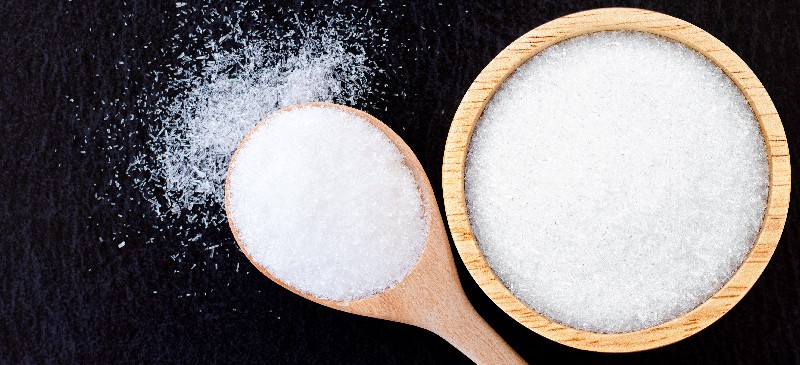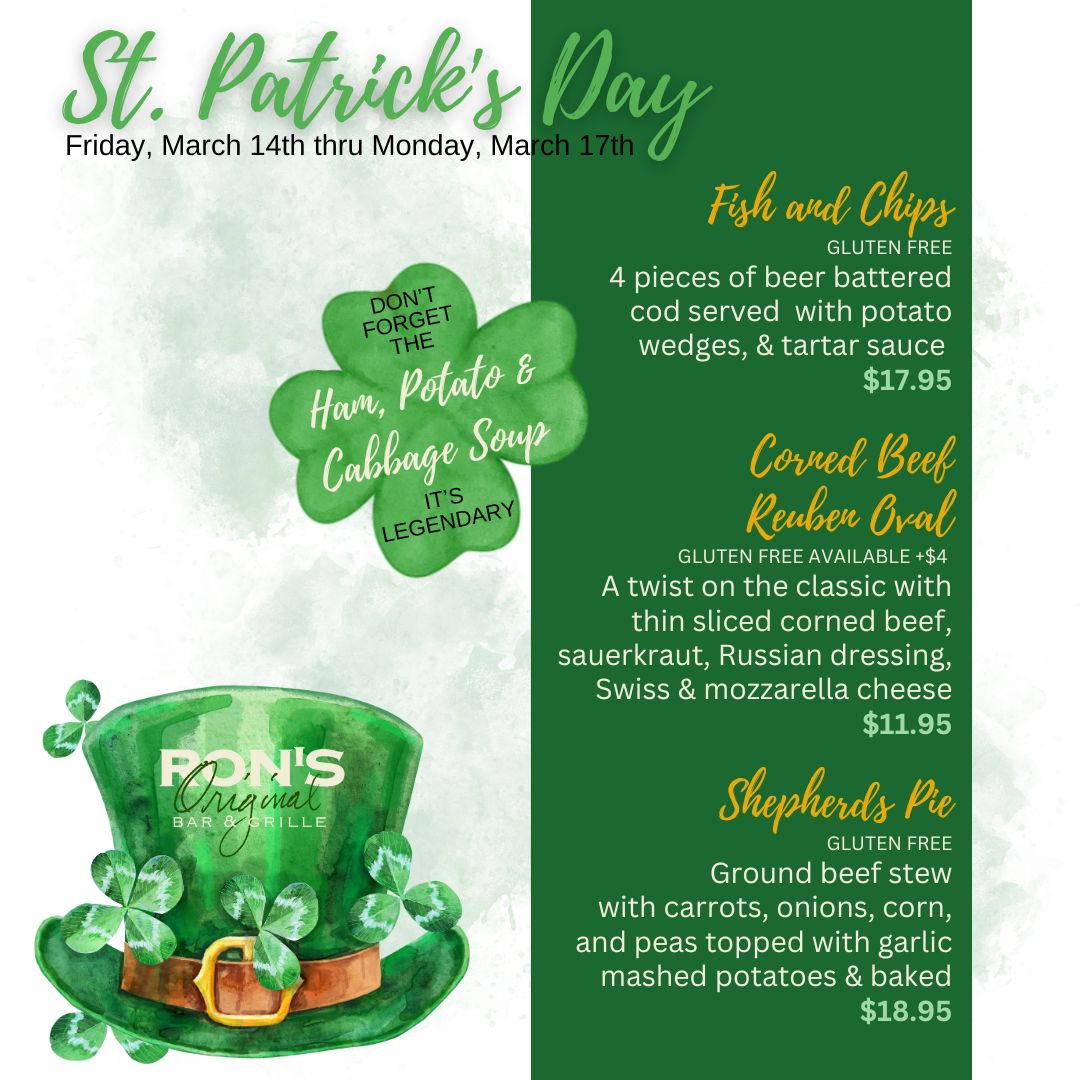
MSG and Free Glutamate: Lurking Everywhere
Analysis by Sally Fallon Morell April 25, 2024
STORY AT-A-GLANCE
- Consuming MSG, even in seemingly innocuous dishes like crab cakes, can cause severe immediate symptoms such as headache, dry mouth, excessive thirst, muscle soreness mimicking arthritis, and discomfort and pain that can be mistaken for chronic illnesses like fibromyalgia or Lyme’s disease
- MSG is glutamine — an essential amino acid beneficial for many bodily functions, including gut healing and immune response — with an added sodium molecule, which radically alters its impact on your body
- Symptoms related to MSG consumption are sometimes treated with medications for unrelated conditions, such as diabetes and chronic pain, potentially leading to inappropriate treatments that could exacerbate the problem
- A broad range of common food additives and ingredients, including hydrolyzed proteins, caseinates, and yeast extracts, are sources of free glutamate, which can overwhelm the body’s normal processing of glutamate
- A diet focused on whole, natural foods prepared at home is the best way to avoid hidden MSG
The Effects of MSG
Some time ago, on a trip to British Columbia, I ate in a local restaurant. When I eat out, I always order something simple, without a gravy or sauce, since these sauces likely contain MSG.
So, I ordered a plain crab cake with rice and vegetables — no sauce, no mayo. Boy, did that crab cake taste good! About midnight I knew why. I woke up with a dry mouth, a terrible thirst and a headache. The next day I felt sore all over, like I’d been in a fight. My hands felt like they had arthritis.
Fortunately, since I don’t eat food containing MSG very often, the symptoms cleared by the next day. Unfortunately, I attended a reception that evening, and since I had skipped lunch and was hungry, I ate things I shouldn’t have, including a peanut sauce I am sure came from a can. That night, the same thing happened, and the next day I was stiff and sore from head to toe.
Of course, I knew the reason why and just resolved to be more careful going forward. But suppose I was a person who ate a lot of processed or restaurant food and didn’t know about the dangers of MSG. I would feel awful all the time: headache, dry mouth, excessive thirst, and aches and pains like arthritis.
I might be told I had the disease du jour: fibromyalgia. But there is no treatment for fibromyalgia so I would probably be treated for the runner-up disease du jour: Lyme’s disease. The treatment for Lyme’s disease is courses of antibiotics, which would probably make my condition worse.
If I complained to the doctor about the dry mouth and thirst, I would be tested for diabetes; and if I sought treatment for headaches, I’d end up on some pretty powerful pain killers.
Which brings us to the question: could all these conditions, especially the rheumatism-like achiness that plagues so many people, be due to MSG and similar substances added to virtually all processed food?
Glutamine Versus Glutamate – MSG
For example, MSG allows food manufacturers to make something that resembles gravy — which we make at home with good drippings, flour and genuine bone broth — with water, a thickener, artificial coloring and artificial flavors, especially MSG.
Apologists for MSG point out that it derives from glutamine, an amino acid needed for protein synthesis, immunity, liver health, detoxification and maintenance of acid-alkaline balance, among many other roles.
Our bodies can make glutamine; however, in times of rapid growth or healing — especially healing of the gut — we need more glutamine than we can make and must get it from food. Homemade bone broth is an excellent source, one explanation for bone broth’s reputation as a healing food.
Glutamine is a precursor to glutamate, an important neurotransmitter, for which we have receptors in the brain and all over the body. Apologists for MSG argue that the additive is not really different from glutamate (or its cousin glutamic acid).
For example, journalist Liz Roth-Johnson writes, “Despite their different names, glutamate, glutamic acid, and monosodium glutamate are essentially the same molecule and behave the same way in our bodies.” She provides the following diagram.
Roth-Johnson notes that ripe tomatoes and aged cheese contain high levels of glutamate, so what could be the problem with MSG? The problem is that most people don’t get headaches and arthritis-like symptoms when they eat ripe tomatoes and aged cheese.
One explanation is that the sodium molecule added to glutamate makes it a very different molecule — after all, adding chlorine to sodium to make nutritious salt makes chlorine very different from poisonous chlorine gas! Small differences in molecules can make huge differences in the body.
MSG: Free Glutamate Can Overload Your System
Free glutamate is formed during fermentation — of milk into cheese, of soybeans into soy sauce, etc. That’s what gives these foods their delicious meat-like umami taste. Most people can eat small amounts of slowly and naturally fermented soy sauce without problem, but react strongly to cheap soy sauce made by rapid protein hydrolysis with added MSG.
Another difference: most of the glutamate in our body does not come from free glutamate in our food but from the breakdown of protein into its separate amino acids. It’s a good assumption that these enter the bloodstream more slowly than MSG added to food, or even to glutamate naturally formed in food, so that their transformation into neurotransmitters is more controlled.
Eating foods containing MSG or a lot of added free glutamate, can overwhelm the system, so to speak. And free glutamate is everywhere, I mean everywhere, usually not labeled but lurking in other food additives.
MSG: Ingredients That Contain Free Glutamate
Here’s a list of ingredients that contain free glutamate in one form or another:
| Anything hydrolyzed | Any hydrolyzed protein |
| Calcium caseinate | Sodium caseinate |
| Yeast extract | Torula yeast |
| Autolyzed yeast | Textured protein |
| Whey protein | Whey protein concentrate |
| Whey protein isolate | Soy protein |
| Soy protein concentrate | Soy protein isolate |
| Anything protein fortified | Soy sauce |
| Soy sauce extract | Anything enzyme modified |
| Anything containing enzymes | Anything containing protease |
And these are foods that can contain a lot of free glutamate formed during processing:
| Carrageenan | Commercial bouillon, broth and stock |
| Any flavors or flavoring | Natural flavor |
| Maltodextrin | Oligodextrin |
| Citric acid, Citrate | Anything ultra-pasteurized |
| Barley malt | Malted barley |
| Brewer’s yeast | Pectin |
| Malt extract | Seasonings |
And these are foods that extremely sensitive people have reacted to:
| Corn starch | Corn syrup |
| Modified food starch | Lipolyzed butter fat |
| Dextrose | Rice syrup |
| Brown rice syrup | Milk powder |
| Gelatin | Reduced fat milk (skim; 1%; 2%) |
| Most things low fat or no fat | Anything enriched |
| Anything vitamin enriched | Anything pasteurized |
| Annatto | Vinegar |
| Balsamic vinegar | Certain amino acid chelates (used in supplements) |
Fermented Foods May Trigger Reactions if You’re Sensitive
Furthermore, these sensitive souls need to avoid anything fermented, including natural cheese, naturally fermented soy sauce and homemade sauerkraut, and even tomato paste.
Interestingly, the late Jack Samuels, creator of truthinlabeling.org (which created the above lists), told me that he could eat cheese made with old-fashioned animal rennet without problem, but reacted strongly to cheese made with vegetarian rennet (which is produced by genetically modified bacteria).
I always purchase organic herbs and spices, often not reading the labels. But I looked carefully at the label of some organic chili powder I recently bought and was shocked to read that it contained “organic rice concentrate.”
Rice concentrate is not in any of the above lists, but it is obviously a processed ingredient and why would the company add it to chili powder unless it contributed some kind of zip to the flavor? Just shows you can’t be too careful! Always read labels!
But back to the main point: if you are suffering from any kind of chronic pain or discomfort, try limiting yourself exclusively to whole natural foods that you have prepared yourself. I’m betting you will see an improvement without taking any drugs.
About the Author
Sally Fallon Morell is author of the best-selling cookbook “Nourishing Traditions” and many other books on diet and health. She is the founding president of the Weston A. Price Foundation (westonaprice.org) and a founder of A Campaign for Real Milk (realmilk.com). Visit her blog at nourishingtraditions.com.

